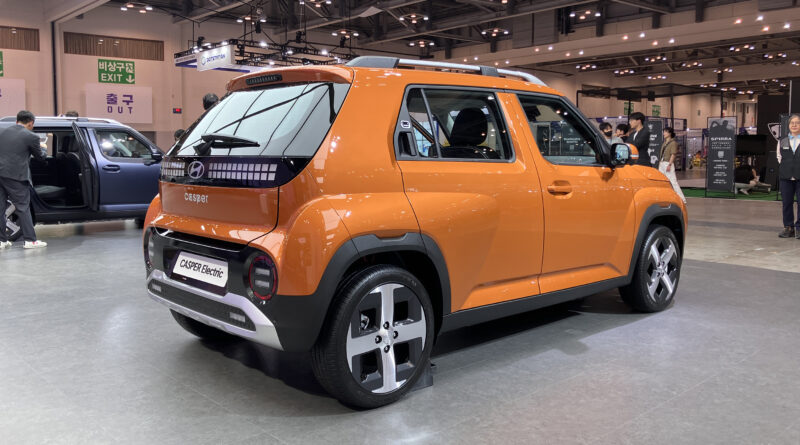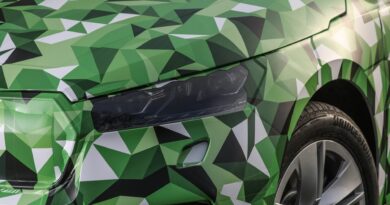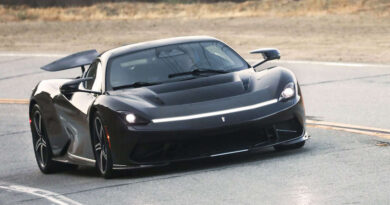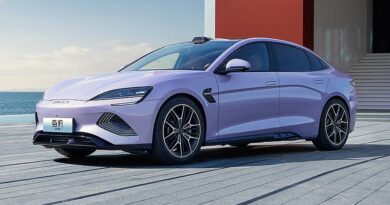10 reasons you should buy the sub-$40k Hyundai Inster EV… and three why you shouldn’t
Hyundai’s Inster city SUV lands in Australia early in 2025 as the smallest and cheapest electric car the Korean brand has yet offered.
Likely costing under $40,000, is this funky little EV a model ready to take emissions free motoring to the masses?
Here are ten reasons you should consider it, and three why you wouldn’t.
1. It’s city-sized outside but small SUV-like inside
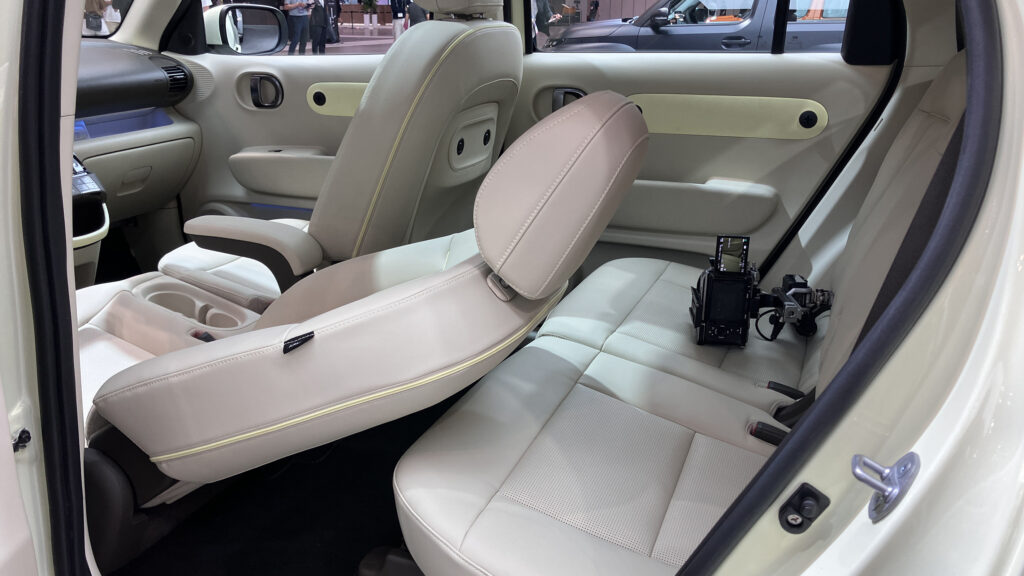
Australians don’t buy small cars. In recent years we’ve had gems like the Ford Fiesta, Honda Jazz, Nissan Micra and VW Up! vanish from our showrooms.
I’m at a loss why so few buy these urban-friendly runabouts, but one reason must be lack of cabin space.
I sat in each seat at the Inster’s Busan show unveil and this is a city car with proper roominess – there’s no claustrophobic feeling. Its wheelbase – at 2580mm – is 180mm longer than the petrol-powered Hyundai Casper that spawned this EV.
Sure, it’s a skinny car so driver and passenger sit close, but not crampingly so. But most impressive are the rear seats. Granted, there are only two of them, but it’s a better car for it.
Seat bases are wide, while their versatility in sliding and reclining means lay-back comfort and very good legroom to go with solid headroom. Two adults in the back are fine.
2. The price is (probably) right
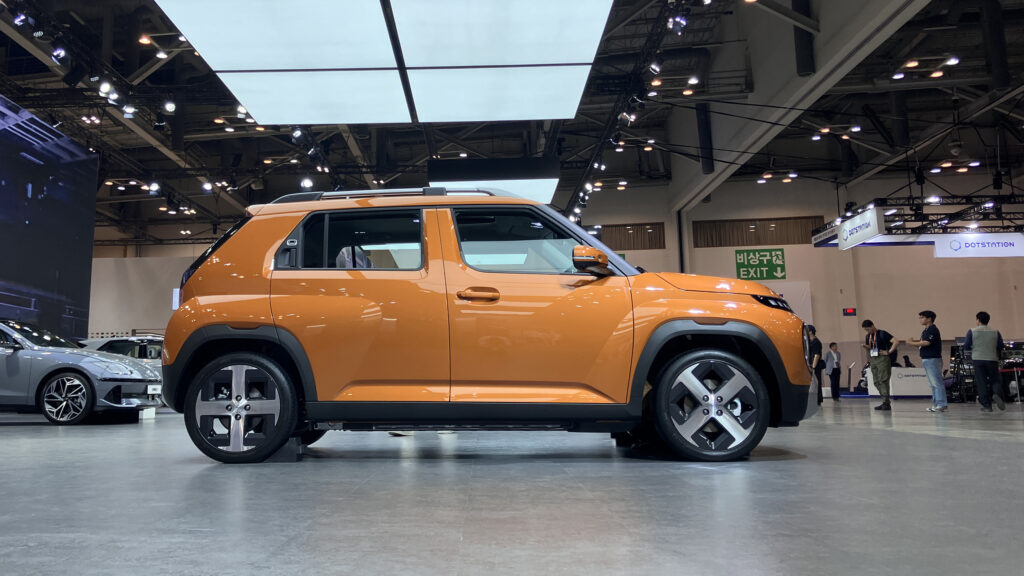
While Australian prices aren’t locked in, Hyundai’s on record saying 25,000 Euros is the target European price. The Aussie conversion is exactly $40,000.
One imagines that price would be worst-case-scenario – they’d not want to disappoint when it comes to market. For us, certainly, having the sticker price start with a ‘3’ rather than ‘4’ will be key to enticing entry-level EV shoppers.
It’s fanciful to think Inster will be our most affordable EV. GWM’s Ora is current bargain basement EV at $35,990 drive away. The BYD Dolphin’s at $36,890, while the MG4 and MG ZS EV are both priced from $39,990 drive-away.
3. It’s absolutely not boring
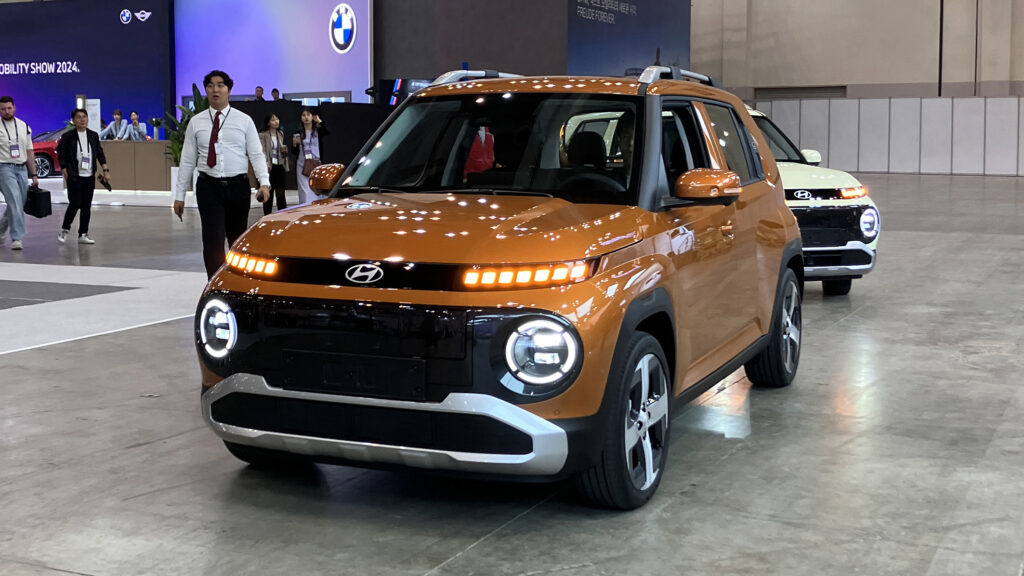
Costs had to be kept down to be a mass market affordable EV, but that’s not stopped Hyundai making Inster a desirable-looking and fun car.
Giant circular LED daytime running lights and pixel indictors give it a cheeky, friendly face. From the side it has the boxy toughness desired by SUV shoppers, and despite a high roof and long-ish wheelbase for a car this size, it’s not dorky to behold.
Its bum’s a bit skinny and flat, but rows of illuminated pixels and electric hob-like circular red lights low in the bumper ensure it’s far from dull.
The flagship model’s medieval cross-like 17-inch alloys have some visual clout, and there’s even a cheeky pixel face in the d-pillars – the more conservative buyer may want to screwdriver those off.
4. The electric range just about cuts it, and will be trustworthy
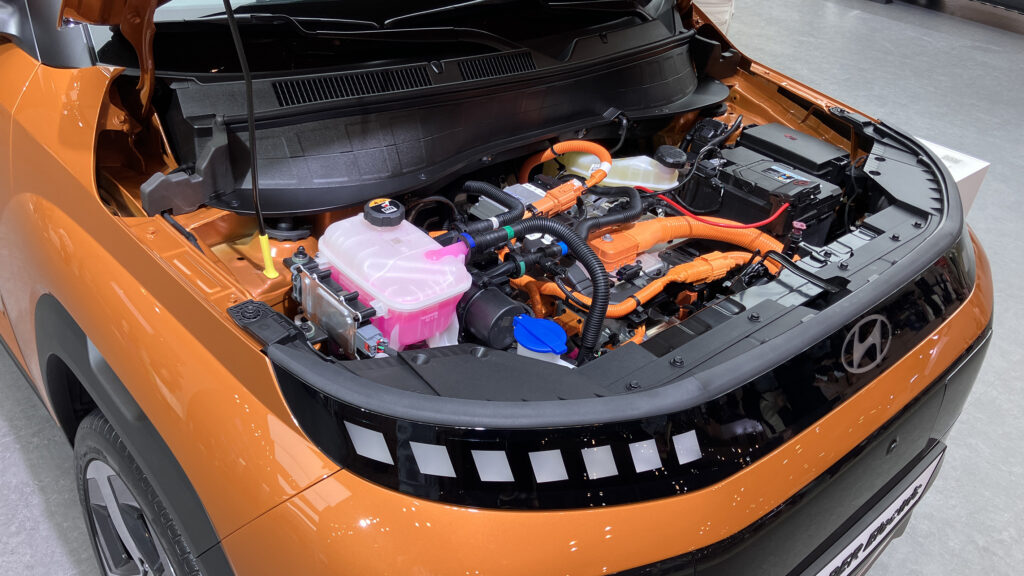
Inster comes with two battery choices: 42kWh and 49kWh.
The former gives 305km range and the latter 355km, by WLTP standards.
Those numbers aren’t massive, but the Inster’s size suggests buyers will be primarily urban based – daily journeys are rarely over 100km, let alone 300km.
The relatively small batteries keeps the car’s purchase price down, helps efficiency because it’ll be lighter, and takes less time to recharge.
Chief rivals BYD Dolphin offers (optimistic) 340km range; the MG4 (very optimistic) 350km range and GWM Ora 310km range.
Inster batteries charge from 10-80 per cent in 30 minutes when using a 120kW or higher public DC charger.
5. It’s got the tech and safety modern Aussie demand

If you’re dropping $35-40,000 on a new car you don’t want it to feel like a poverty-spec rental inside.
The Inster ticks plenty of boxes with two 10.25-inch screens for driver display and infotainment, front seats and steering wheel are heated, there’s navigation, a wireless phone charger and steering wheel drive mode selector.
A Premium grade adds cosy faux leather upholstery, ventilated seats and sunroof.
Safety’s covered with radar cruise control, rear cross traffic collision avoidance, blind spot monitor, lane keep and surround-view monitor.
6. Smartly, they’ve made all seats slide, recline and fold flat
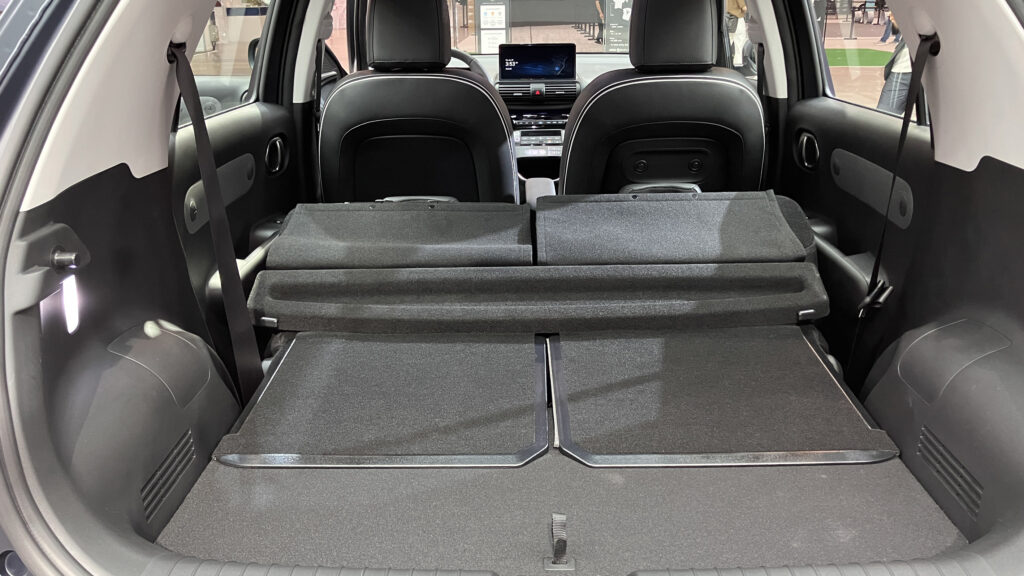
It’s boggling why more cars can’t do this. Who wouldn’t want the versatility of being able to slide and recline rear seats when there’s nothing in the boot obstructing it?
The driver’s and passenger’s seats also fold completely flat, giving adventurous couples the chance to turn the Inster into a mini hotel room.
Fold every chair, inflate an airbed using the car’s plug socket, and you’re overnight Inster camping. Such a possibility will work well with the Inster Cross variant – a more rugged, outdoor-focused design – also locked in for Australia for later in 2025.
7. It’s got V2L
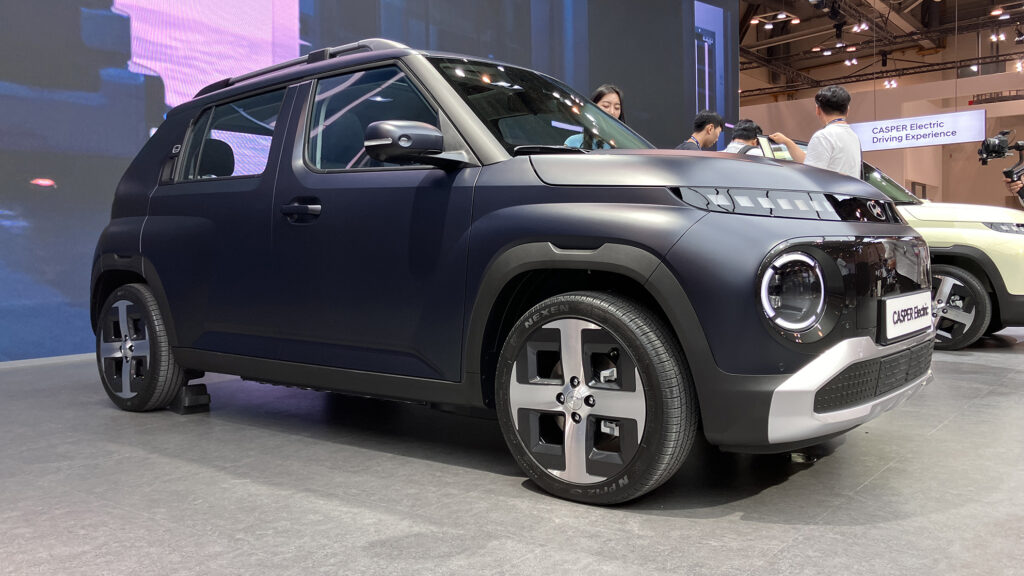
No skimping here, and once you live with Vehicle-to-Load (V2L) you’ll never again want to go without.
There are external and internal power sockets (220V), allowing bi-directional charging without requiring additional kit.
It means you can recharge the likes of e-bikes and e-scooters, or power things like camping equipment, a fridge, laptop or coffee machine. Bring along your widescreen TV if you fancy.
8. It’s a long-established brand Australians trust
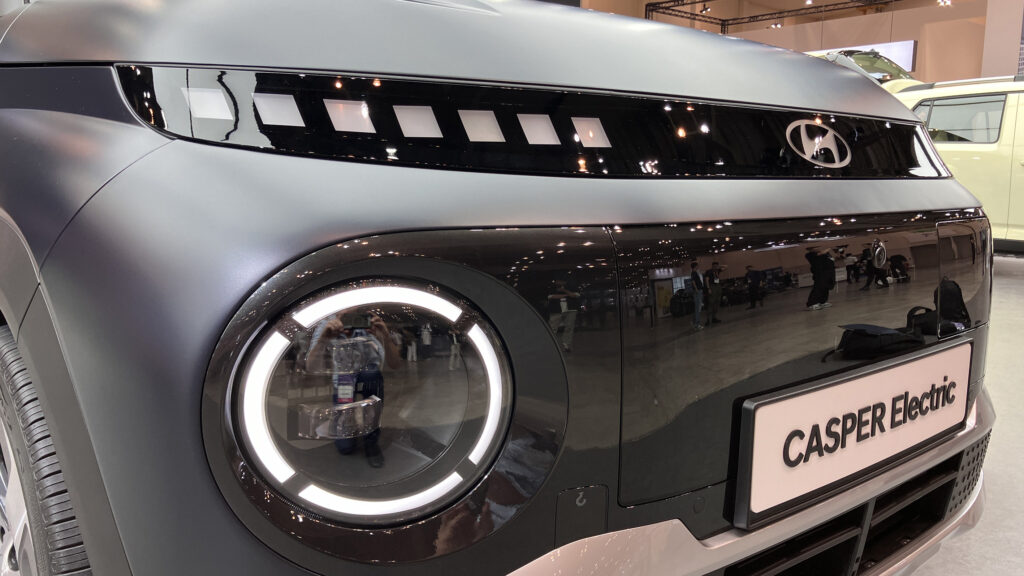
I have a weekly advice/comment column in some of Australia’s biggest newspapers, and receive regular letters from those who won’t consider Chinese vehicles.
Reasons are manyfold, including concerns about reliability, quality, resale, warranty faith and a brand’s long-term survival here. And, we can’t hide from it, some have prejudices that means they outright won’t buy Chinese.
While Hyundai’s early efforts in our market included some dungers, the past decade has been rich with hits – i30, Kona, Tucson, Santa Fe and anything sporting an ‘N’ performance badge.
Aussies (generally) trust Hyundai. Last year it was our fifth best-selling brand (just missing out on fourth), so for those making the transition to an EV out of a trusty petrol or diesel, the familiarity’s a big positive.
9. Hyundai’s EV game is well ahead of most rivals

Experience counts. Hyundai wasn’t first to market with EVs, but since the Ioniq landed in 2019 as (then) Australia’s cheapest electric car, the brand’s consistently brought new zero emissions vehicles to market.
The Kona electric showed you could offer decent range in a small SUV; the Ioniq 5 was a masterclass in retro desirability; the Ioniq 6 – despite funny looks – is a perennial EV group test winner; and the Ioniq 5N will likely go down as history’s first properly engaging driver-focused EV.
Ergo, here’s a brand that gets EVs and has lots of runs already on the board. Compare Hyundai’s EV back catalogue with the likes of Toyota and Mazda. Our two market leaders have nothing on the immediate horizon to compete price-wise with the ever-growing Chinese competition. Hyundai’s filling the vacuum for them.
10. You can have any colour, as long as it’s striking

Okay, you can choose white or black, but the colour palette’s more than just monochrome hues.
I’m not attention-seeking enough to pick the Sienna Orange nor Buttercream Yellow Pearl (wifey and daughter liked these though), but there’s appealing flair with Tomboy Khaki, Bijarim Khaki Matte and Unbleached Ivory.
Classiest is a Dusk Blue Matte, giving hope Inster can appeal to both sexes.
And three reasons why you shouldn’t…
- It could be the most annoying car in Australia
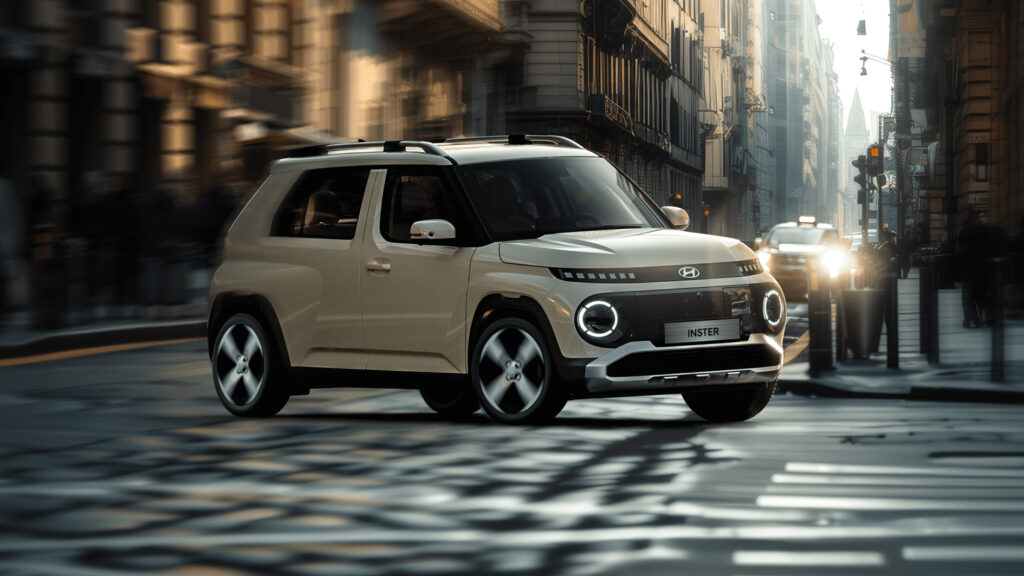
Every new car sold in Europe from now on must have Intelligent Speed Assist (ISA) – an audible or visual warning, or most concerning, an electronical intervention on the accelerator pedal.
Australia isn’t implementing such nannying Big Brother tech (for now), but the Inster features it, and we’ve heard nothing to suggest it won’t be fitted in Australian market cars.
Hyundai is already one of the worst offenders for over-zealous bonging driver assist (driver distract) ‘safety’ systems. Could the Inster be even more annoying?
2. There are only four seats
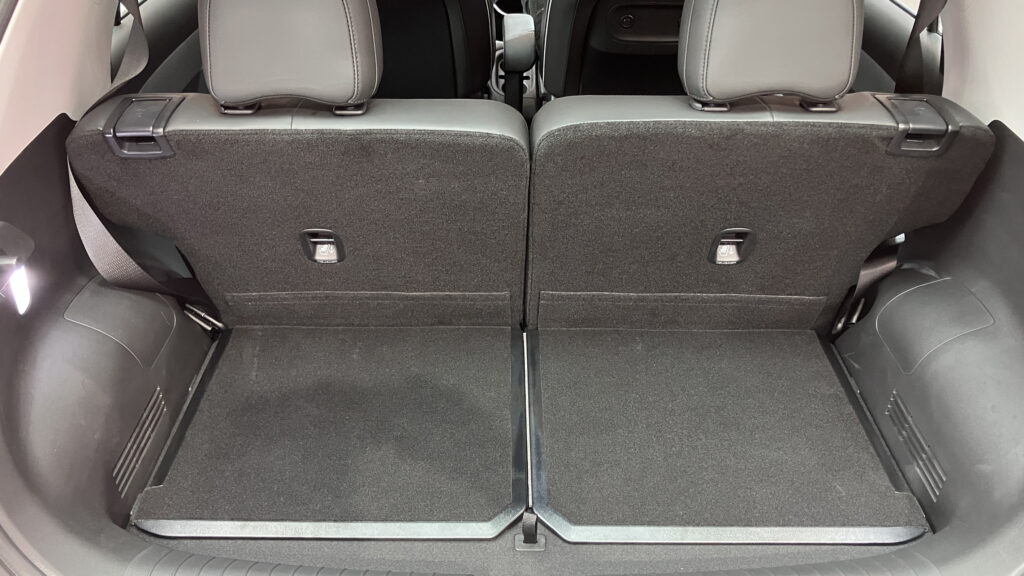
If you regularly take four passengers, it’s not for you. The second row is two seats only, with two seatbelts.
If you’ve got three kids, look elsewhere. But this is 2024. The vast majority of my friends (40-somethings) have one or maximum two kids – three is just too damn expensive.
As we’re a generation of two-kids-and-quit, the Inster as the family runabout can work.
The boot’s a challenge too – 351L with rear seats fully forward, but just 280L with them back. Most of the volume is depth – there really is no length to the boot at all.
3. You can get a small combustion alternative for around $20k
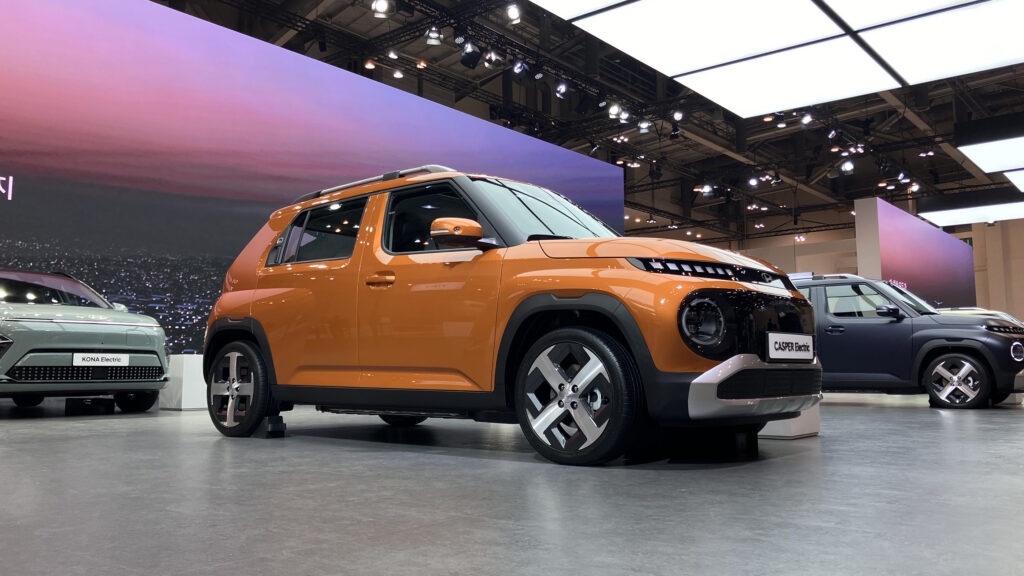
The elephant in the room.
You could buy a slightly smaller but very good car with a petrol engine, and the $15-20,000 you save under the likely Inster price buys a lot of unleaded.
While Kia’s selling the impressive Picanto from $17,890 and Suzuki the ageing but enjoyable Ignis city SUV from $21,490, city EVs are still a hell of a lot more coin.
Hyundai’s own Venue petrol city SUV can’t match the Inster for clever cabin space nor tech, but priced from $22,500 it’s in a different league of affordability.
Until EVs and petrol cars are at price parity, this remains a mighty barrier to purchase.

